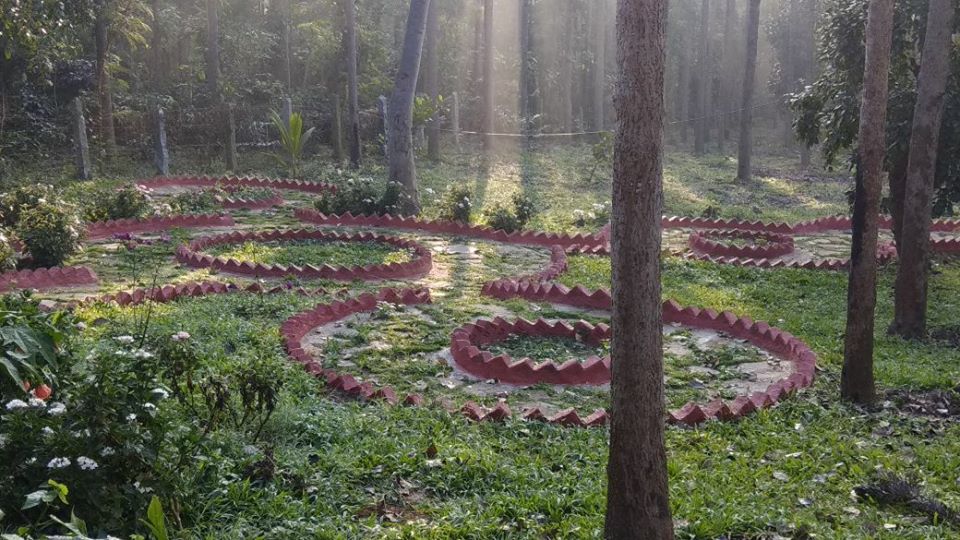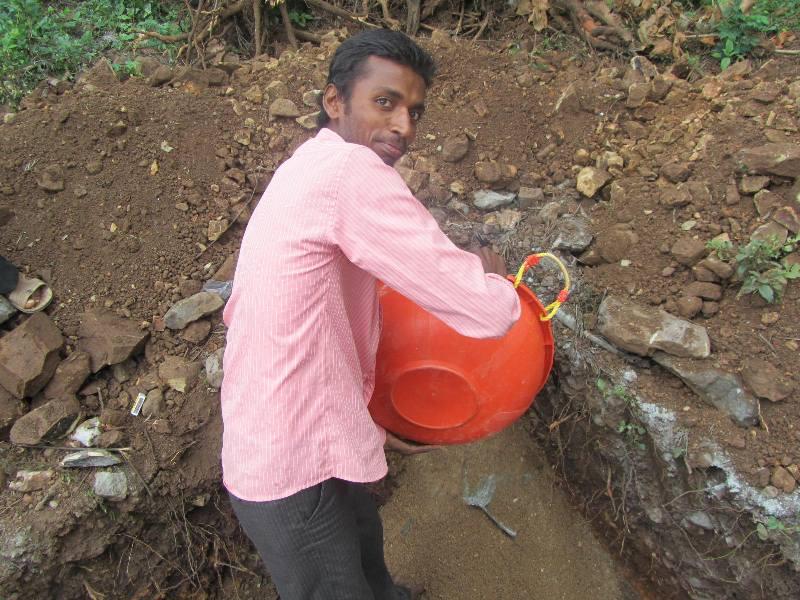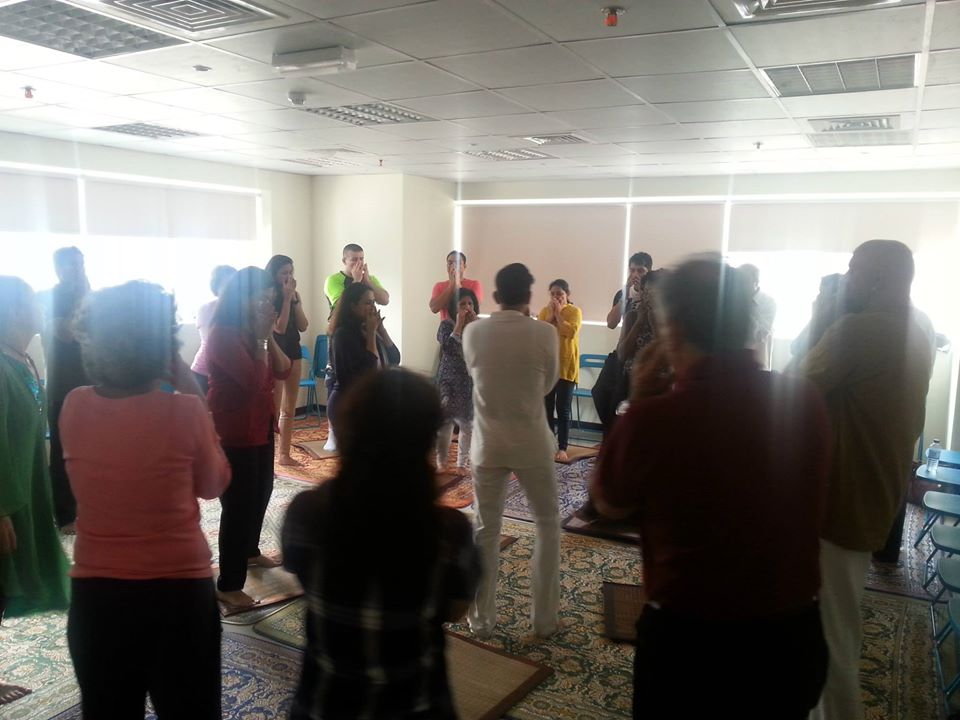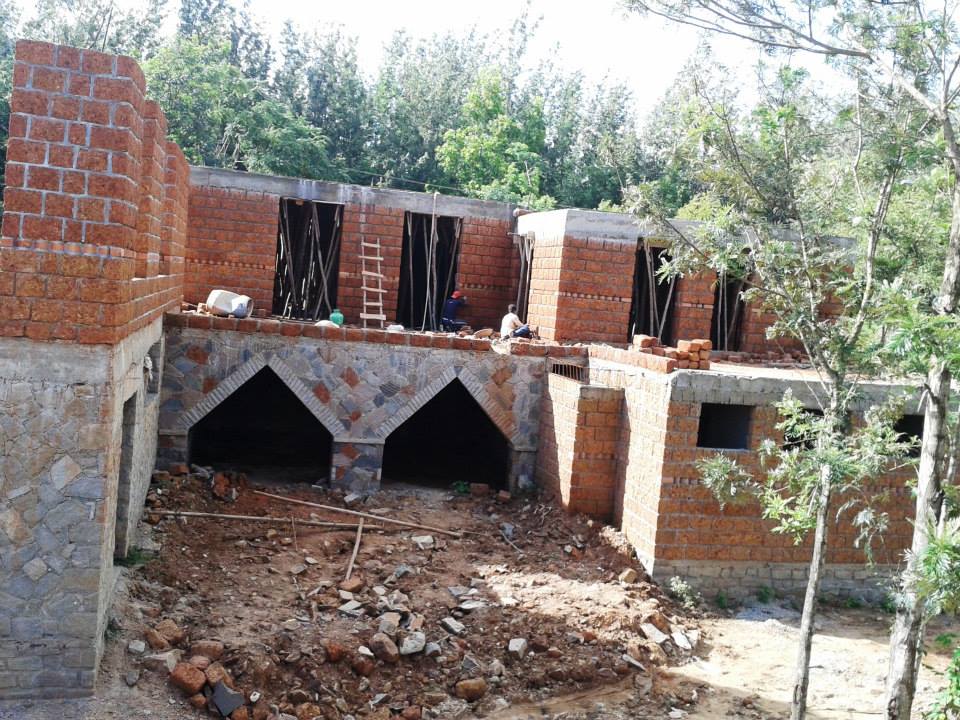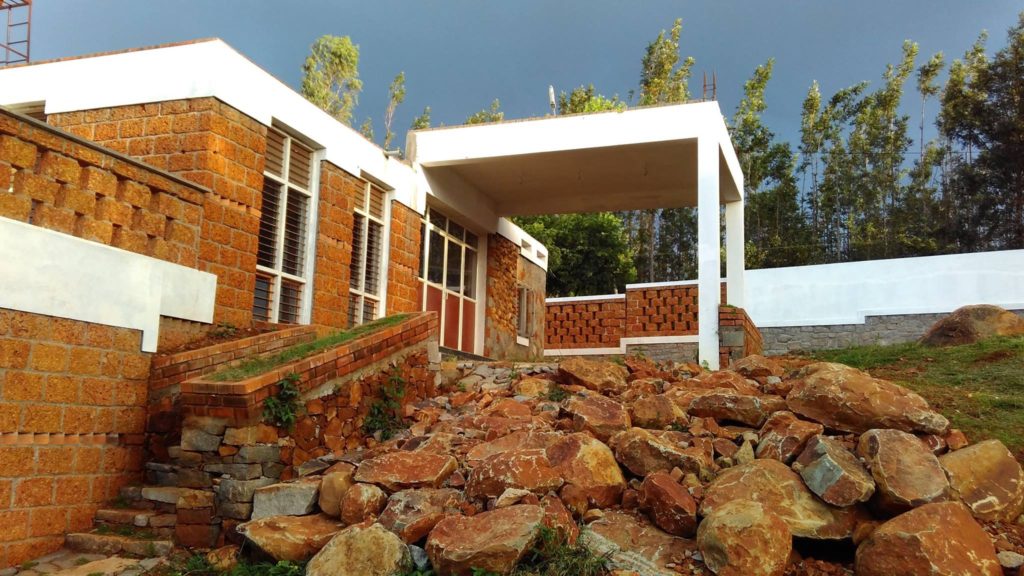Making of Kevala
India the spiritual engine of the world
India has been the spiritual engine of the world. Millions of sincere spiritual aspirants across the world throng India based ashrams and seek the guidance of masters. Unfortunately, many seekers are disappointed, as their basic expectations are not met. Most ashrams lack basic infrastructure like clean toilets, hygienic kitchen, and comfortable accommodation. More importantly, spiritual centers have been leaning on cultish attitude, where teacher becomes far more important than the purity of teaching. This has lead to flourishing Gurudoms ruled by control freak spiritual leaders and centers managed by their sycophants. This has watered down the extent of exploration possible where progressive awareness takes a back seat. Seekers are disillusioned as they often encounter saffron-clad fake yogis who fleece large amounts of money and mislead people by promising them rare wisdom and transmissions of energy.
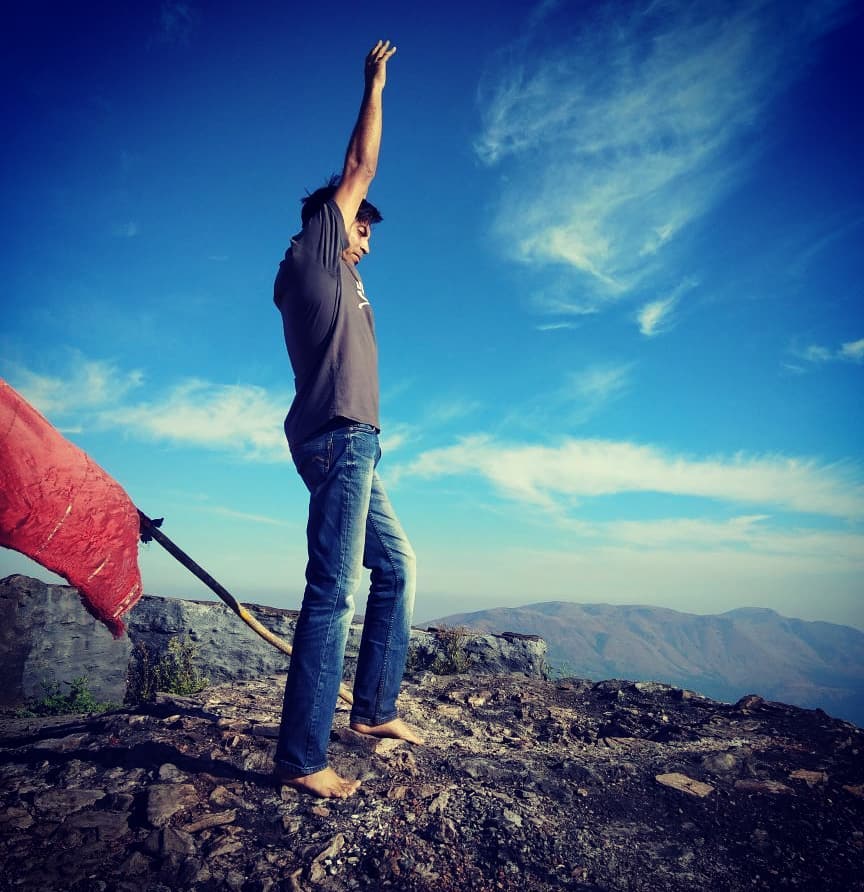
How did the idea of Kevala surface?
Kevala Foundation is an expression of a mission of ‘Ascended Masters’ to create a unique hub for ‘celebration’ and ‘ascension of awareness’. Dr. Pradeep Ullal was chosen for this mission and a site was identified for this purpose. All events came into alignment by divine timing. Meanwhile, ardent students of the yogi across the world were urging him to set up an ashram in a sacred space in India to express his unique teachings on the path of spiritual ascension.
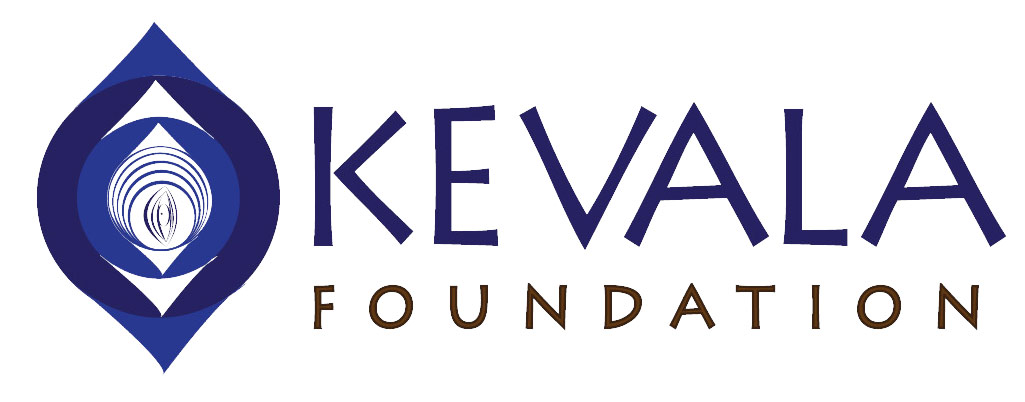
Kevala: The Concept of Logo and Design
Kevala means the ‘only one’ or ‘Unique’ in Sanskrit. The concept of uniqueness urged us to create a visual communication of the Logo that highlights the purest essence of ‘cosmic sound’ passing through a conch, like a pure and receptive portal. Yoni, the receptacle is represented in the outer frame of the logo. Para Nada Bindu the emergence and convergence of all sounds are represented at the centre of the logo.
The concept is actualized in our teachings. We welcome aspirants to truly explore this profound spiritual science of accessing the uniqueness of cosmic sound, music, sacred geometry that come alive with cosmic transmissions and initiations.


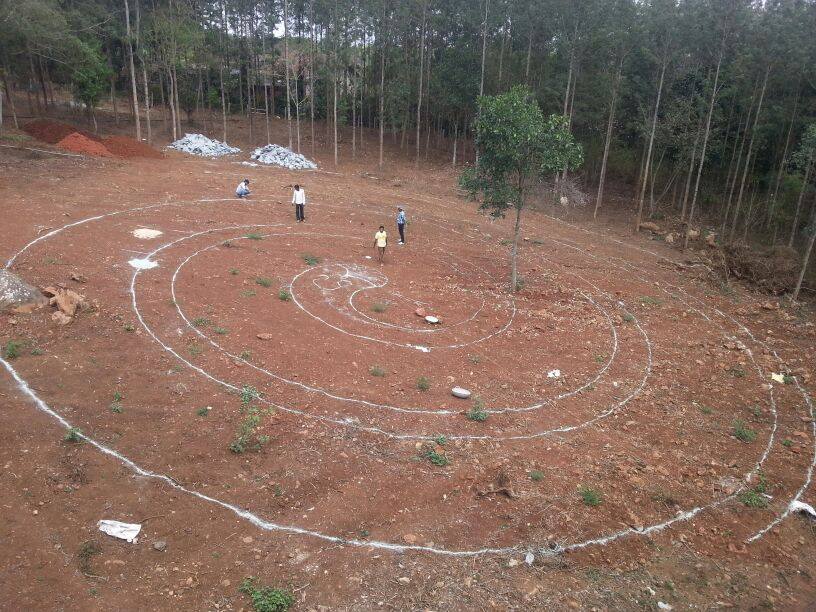
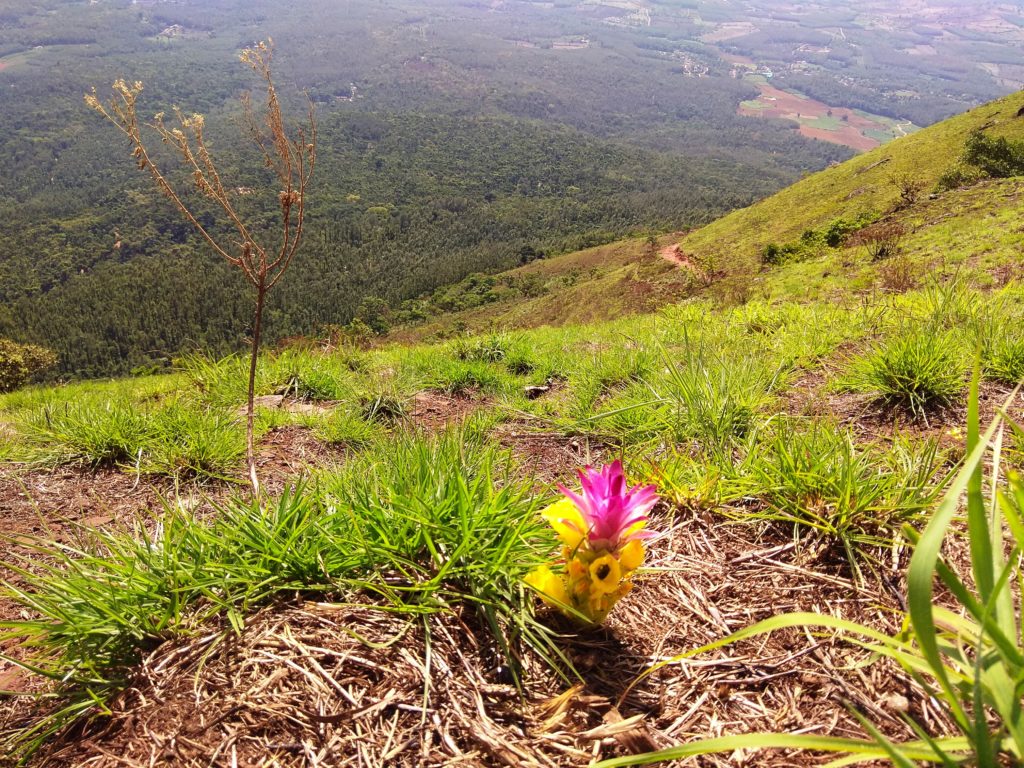 Yogi Pradeep Ullal observed that several ascended masters have been transmitting rare energies in a specific spot on the site. This was the time, the yogi met Sachidananda Nayak a powerful vedic master and expert agriculturist. There was an instant connection and a site visit that followed; the idea of growing a cosmic forest was born.
Yogi Pradeep Ullal observed that several ascended masters have been transmitting rare energies in a specific spot on the site. This was the time, the yogi met Sachidananda Nayak a powerful vedic master and expert agriculturist. There was an instant connection and a site visit that followed; the idea of growing a cosmic forest was born.